by Claas Ehlers
he summer I turned five, my mother signed the lease to the upstairs apartment of a house in Flatbush, Brooklyn. It was my seventh household in five years. She was a single mom whose stepmother had kicked her out of her home after her father died three years earlier.
My journey to Brooklyn took place on both sides of the Atlantic, living with family and living in foster homes. But by the summer of my fifth birthday, I was on a course to a stable, productive life. The reason? Community.
In each of those settings, from when we were set adrift until we settled in Brooklyn, a network of concerned adults cared about me and for me. A community came together around me and made me believe I belonged. They supported my mom during challenging times. They checked in on us, made connections, and provided a soft place to land if we fell. In those first few years we fell more than once. The journey, even at such a young age, taught me a lot about leadership and the impact that leaders can have on people, or, in my case, even a small child. It also showed me that leadership was not words, it was actions and an approach to others.
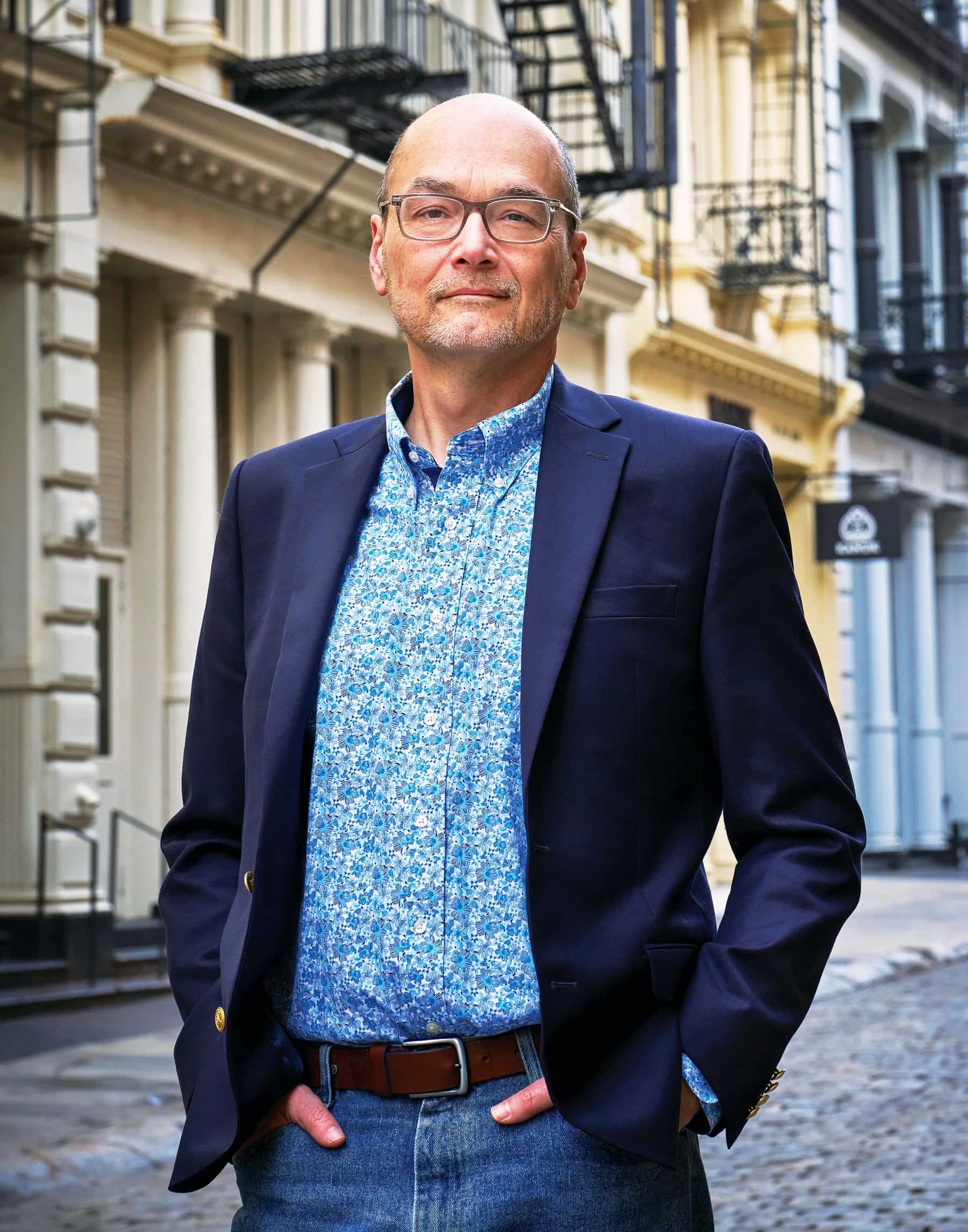
he summer I turned five, my mother signed the lease to the upstairs apartment of a house in Flatbush, Brooklyn. It was my seventh household in five years. She was a single mom whose stepmother had kicked her out of her home after her father died three years earlier.
My journey to Brooklyn took place on both sides of the Atlantic, living with family and living in foster homes. But by the summer of my fifth birthday, I was on a course to a stable, productive life. The reason? Community.
In each of those settings, from when we were set adrift until we settled in Brooklyn, a network of concerned adults cared about me and for me. A community came together around me and made me believe I belonged. They supported my mom during challenging times. They checked in on us, made connections, and provided a soft place to land if we fell. In those first few years we fell more than once. The journey, even at such a young age, taught me a lot about leadership and the impact that leaders can have on people, or, in my case, even a small child. It also showed me that leadership was not words, it was actions and an approach to others.
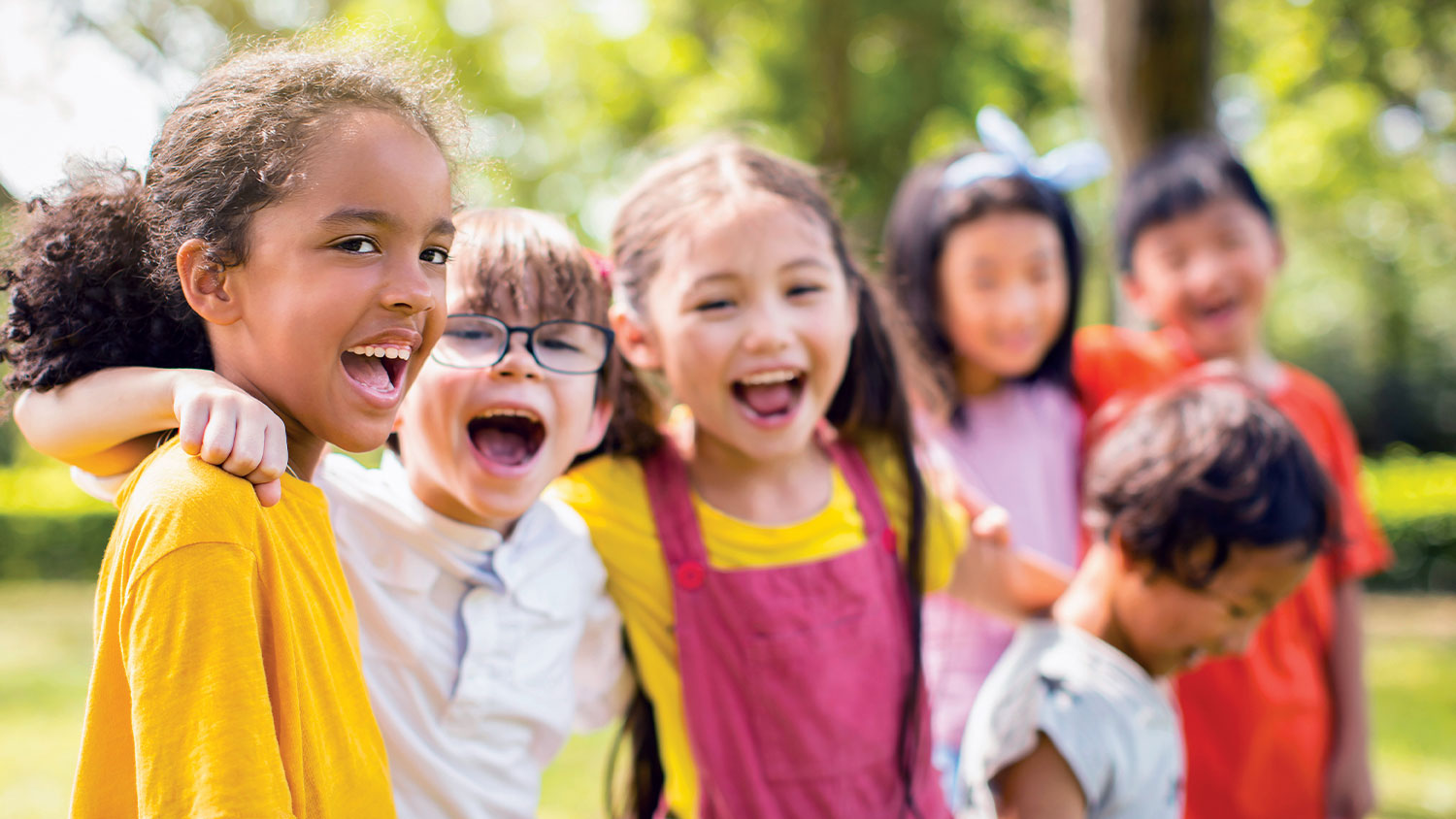
…the importance of community and the commitment to making our world better that shaped me growing up drove my decision to switch from the corporate world to the nonprofit sector…
I entered the nonprofit world by working in the field of family homelessness. One in 50 children in this country experiences homelessness every year. It is a national crisis that is seen but not perceived; after all, children do not have flashing signs over their heads advertising their housing status.
The solution to homelessness is painfully obvious: Children need a home. But what I found was that when families became homeless, it was not just about running out of money to afford housing: It was running out of friends and family and getting disconnected from community. A network of concerned adults like the one that kept me from becoming a homeless preschooler is just as critical for at-risk children today.
The organization I led, Family Promise, addressed this by mobilizing 200,000 people all across the country to do simple acts like sharing meals, sleeping overnight, and sharing fellowship to empower families toward lasting independence and overcoming their homelessness.
In short, creating community. Helping children and their families understand that they belonged. They mattered. When a child entered our program they instantly had scores of aunts and uncles and grandparents. The connections made between volunteers and families experiencing homelessness were powerful, enduring, and reciprocal. We helped them have the future every child deserves.
I left this organization after 20 years and went into the character and social-emotional development sector (CSED). At first glance, this seems like a drastically different field. Instead of grappling with economic issues, Housing and Urban Development rules, and the challenges of parents struggling to get by, I was working with schools providing learning tools about neuroscience and managing emotions.
At heart, both strive to accomplish the same goal: changing the future for children. And they share the same brilliant concept: Creating community and sense of belonging is critical to doing so. Both also provide the blueprint for effective leadership.
Ultimately, Sandy Hook, Uvalde, Nashville, and all of the horrific shootings in between began with a single angry thought in the mind of the shooter. What if we could have changed that thought to a happy one?
The organization I joined, the Jesse Lewis Choose Love Movement, is a leading provider of CSED curricula. It was started 10 years ago out of the horror of the Sandy Hook school shooting. Founder Scarlett Lewis lost her six-year-old son that cold December day in 2012.
Amidst the unthinkable grief, a simple question arose: How do we stop this from happening again? Almost every response to that tragedy was focused on the end stage. Debates have raged about banning guns, arming teachers, stationing police in every school. A lot of money has been spent, almost all of it reactive to the threats, only to see these horrific events repeat again and again. Last year’s senseless slaughter at Uvalde echoed Sandy Hook in so many ways; it also showed that the “solutions” put in place in the past 10 years are anything but. If a legion of well-armed police officers cannot stop a slaughter, then maybe we should go to where it all begins.
Ultimately, Sandy Hook, Uvalde, Nashville, and all of the horrific shootings in between began with a single angry thought in the mind of the shooter. What if we could have changed that thought to a happy one? To a loving one?
Today, diseases of despair plague our youth: depression, anxiety, self-harm, bullying, substance abuse, violence. It can rightly, and unfortunately, be called an epidemic:
- Anxiety and depression among children and adolescents increased 27 percent and 24 percent respectively from 2016 to 2019 (Georgetown University).
- Prior to the pandemic, 8.5 percent of children experienced depression and 11.6 percent experienced anxiety; now, it is estimated that one in four children report experiencing depression and one in five report anxiety (JAMA Pediatrics).
- There has been a five-fold increase in attempted suicide among 10- to 12-year-olds over the last 10 years (JAMA Pediatrics).

Our signature program, the Choose Love Enrichment Program™ (CLEP), is available as a no cost Infant-Toddler, and Pre-K through 12th grade, character development and Social and Emotional Learning (SEL) program that teaches educators and their students how to choose love in any circumstance through wonderfully simple yet powerful themes and practices for the classroom that naturally evolve into a culture where students feel safe, nurtured, connected, and empowered.
Scarlett Lewis founded the Jesse Lewis Choose Love Movement™ shortly after her six-year-old son, Jesse Lewis, was murdered at Sandy Hook Elementary School in Newtown, Connecticut in December 2012, alongside 19 of his first-grade classmates and six educators in one of the worst mass shootings in U.S. history. Scarlett found out after the tragedy that Jesse used his final moments to heroically save nine of his friends.
Jesse left a message on their kitchen chalkboard, “Norturting Helinn Love” (Nurturing, Healing Love). When Scarlett learned that these words are included in the definition of “compassion” across all cultures, she realized that love, connection, and belonging are universal wants and needs that connect all of humanity.
These three words led to the creation of our Formula for Choosing Love, which can be used by anyone, at anytime, anywhere in the world, to manage their response to any situation (Courage + Gratitude + Forgiveness + Compassion in Action = Choosing Love). Inspired expert educators joined together and created a social and emotional education program that incorporates the latest advances in neuroscience, mindfulness, emotional intelligence, and positive psychology to provide children the essential life skills that will not only help them succeed, but also reduce the likelihood that they will harm one another.
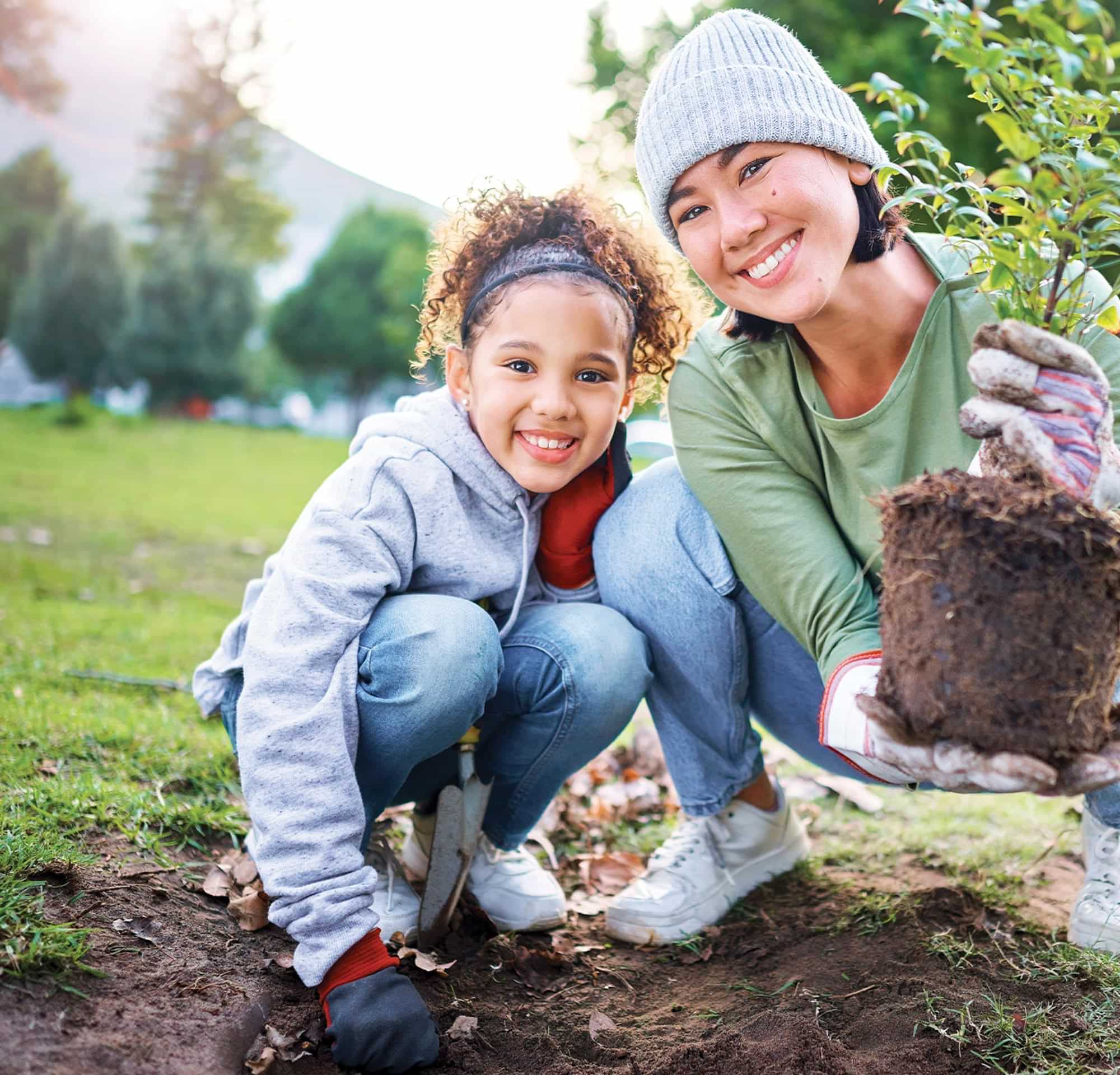
As a young child in the 1970s, my community was our neighbors. It was people stopping by to drop off an apple pie, or to jump your car when the battery died, or just to share a bit of good news.
It was not the disembodied online avatars. Or the unrealistic images distorting our sense of selves on Instagram or TikTok. If you mention the word “community” to children today, do they think of potlucks and neighbors helping when times get tough?
I remember, from the summer I turned five, playing checkers with Mrs. Seeger, our landlady. A clear child prodigy, I won every game I played against her. But what she was really doing in letting me win at checkers was setting me up to win at life.

As a young child in the 1970s, my community was our neighbors. It was people stopping by to drop off an apple pie, or to jump your car when the battery died, or just to share a bit of good news.
It was not the disembodied online avatars. Or the unrealistic images distorting our sense of selves on Instagram or TikTok. If you mention the word “community” to children today, do they think of potlucks and neighbors helping when times get tough?
I remember, from the summer I turned five, playing checkers with Mrs. Seeger, our landlady. A clear child prodigy, I won every game I played against her. But what she was really doing in letting me win at checkers was setting me up to win at life.
That ultimately is the mission of the Jesse Lewis Choose Love Movement: to see a future where children grow up and understand how to choose love. They need the courage to step forward into what is right. They need the gratitude to find happiness in what is around them. They need the ability to forgive so they are not bound to grievances. And they need the compassion that inspires them to make the world a better place.
These four qualities are the pillars of the program. They are the cornerstones of community. They are also the most important skills for any leader. Reflect on famous leaders or leaders in your own personal spheres: They all embody courage, gratitude, forgiveness, and compassion in action. Those are all attributes that can be learned, that can be put into practice. The sooner we start teaching these qualities, the better we equip our children to become leaders.

First, we need to integrate character and social-emotional development (CSED) in every school. As humans, we are not born with the ability to get between reaction and response. But these skills can be taught. From a very young age children can learn practices like breathing, visualization, and self-control. They can learn how to employ the courage that stops bullying. They can learn how to turn empathy into compassion and stop the pipeline from grievance to violence. Are your local schools addressing this? Ask them.
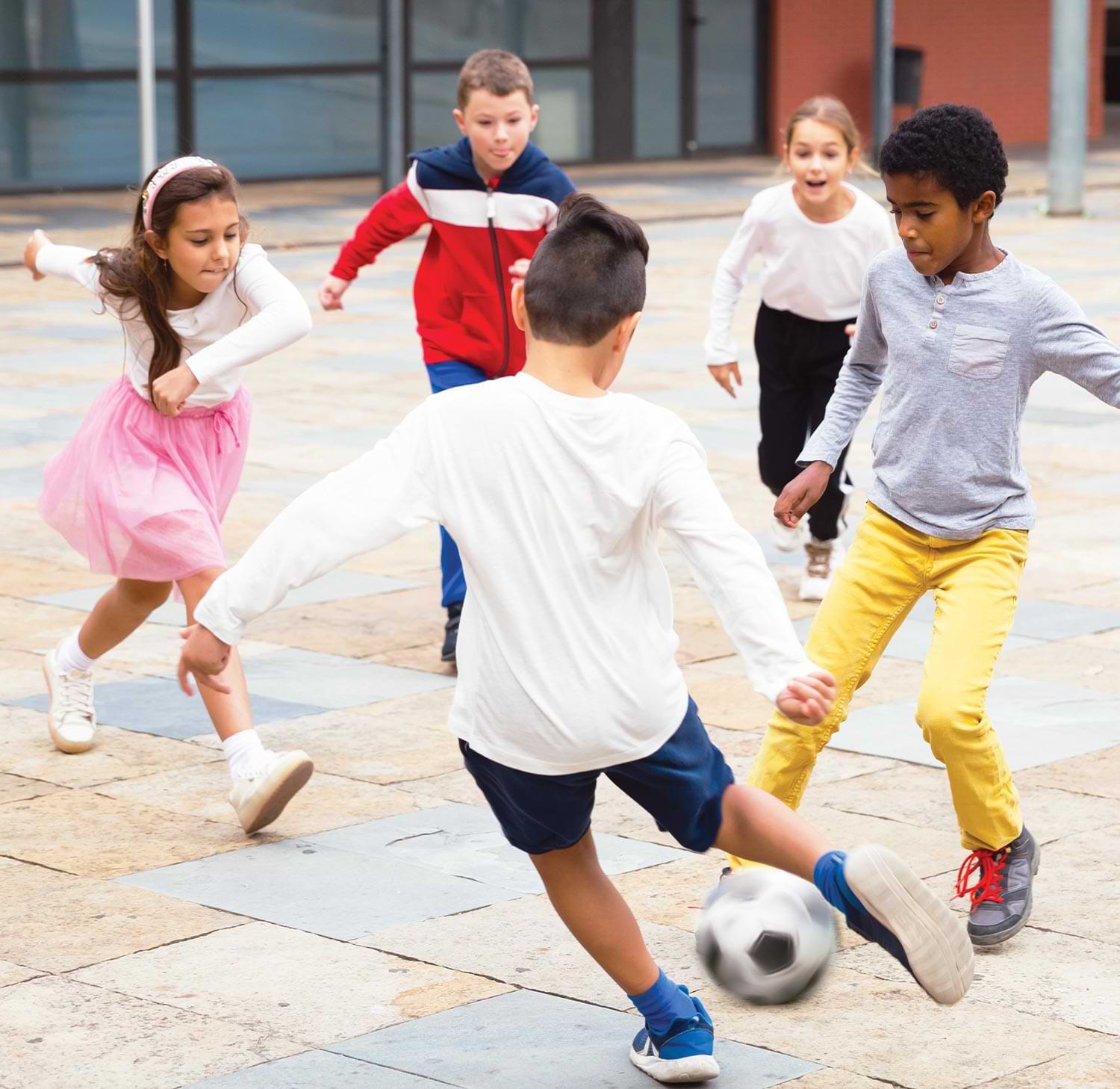
I am optimistic that we can come together and change the future for children. I know that’s what a community does. And it starts from the top by using the four pillars of courage, gratitude, forgiveness, and compassion.
At the same time, we need to look at the impact of our digital world on the connections between people. How much time do we spend in online community versus in personal engagement with our friends, family, and neighbors? Do we even know our neighbors? Have we ever shared desserts or helped with a project or even just shot the breeze on a sunny weekend afternoon? If you are a parent, log how many hours you spend in each type of community and shift that balance. Model this for your children and establish rules about where their time is spent.
But it’s not just the kids. As organizational leaders, we need to embrace the creation of community principles within the organizations we lead. These skills can be taught to people of all ages. Ask any HR manager if they value technical expertise or “soft skills” more—they will tell you that they want a workforce that knows how to listen and collaborate. They will tell you that what are called “soft skills” are actually essential attributes that build the culture of an organization. And as Peter Drucker famously said: “Culture eats strategy for breakfast.”
If you are leading an organization, are you using the toolbox that builds connection and community: courage, gratitude, forgiveness, and compassion in action? Are you operating with the principles of community with your employees, your customers, your vendors, and your neighbors? I make sure that I always speak the truth to all our stakeholders, even when that is uncomfortable. I appreciate the value everyone brings while expecting accountability. I remove the sense of grievance, recognizing that everyone acts from what happened to them, not who they are. And I know people are complex, their lives involve far beyond their roles in relation to my organization, and that if I knew their story I could love them.
I am optimistic that we can come together and change the future for children. I know that’s what a community does. And it starts from the top by using the four pillars of courage, gratitude, forgiveness, and compassion.
Leaders are members of a community which they both shape and have been shaped by. A great leader channels those influences and replicates them to make their team excel. Leaders are not outstanding individuals; they are the creators of outstanding communities.
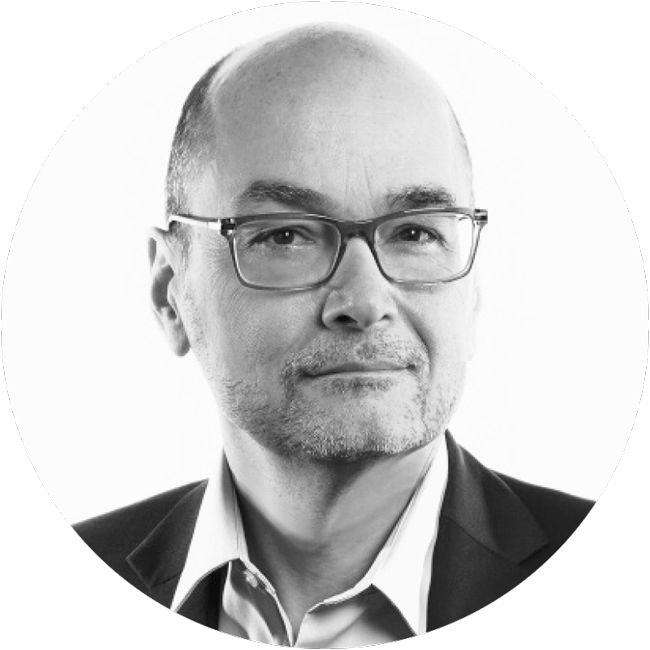
He has three grown children and lives in Cranford, New Jersey with his wife, Ellen Pluta, who is professor at NYU. Ehlers has served on advisory bodies for United State Interagency Council on Homelessness, the Federal Reserve Bank of New York, Sesame Street in Communities, and Charity Navigator. In his time off you will likely see him running in a New York Mets T-shirt or cooking vegetarian meals, though rarely both at once. Ehlers has traveled to 49 U.S. states, and plans to keep it that way so he can give people an obvious question to ask while making small talk at cocktail parties. (The answer is North Dakota.)